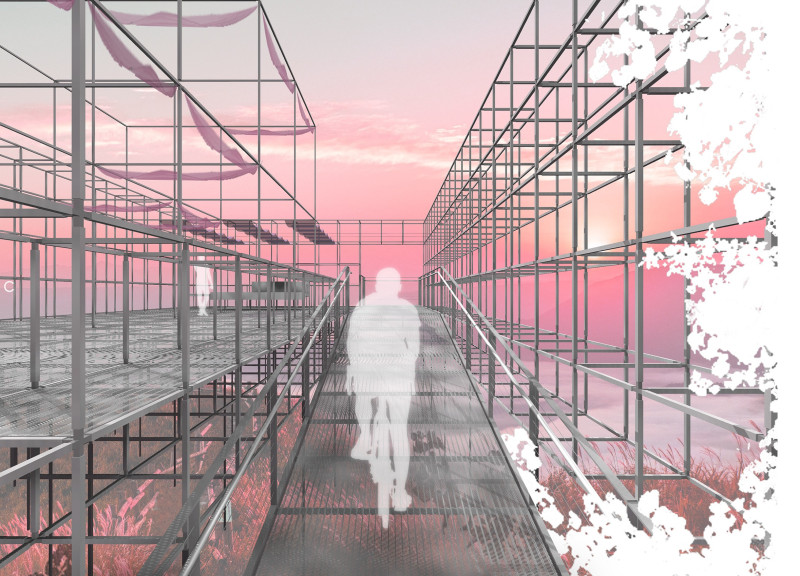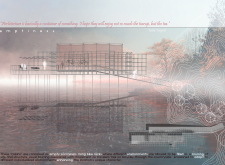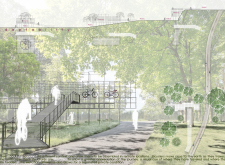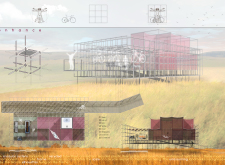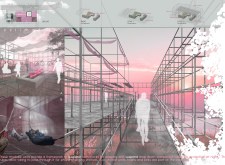5 key facts about this project
The design presents a modular approach that connects built structures with nature. Positioned in a picturesque countryside, the project features a series of cabins that serve as living bike racks. These cabins are empty containers, allowing diverse environments to be integrated within them. This design choice fosters a natural interaction between users and their surrounding landscape as they navigate the area on bicycles.
Conceptual Framework
The design prioritizes elevation, enhancing the user experience through spatial differentiation. By raising the cabins above ground level, users gain an improved perspective of their surroundings. This design choice transforms travel into a more engaging exploration. The separation of public and private spaces offered by this elevation creates an added sense of security while allowing for close engagement with nature.
Modular Design Adaptability
Modularity is a key element of the design, enabling the cabins to adjust to different contexts. This flexibility allows them to be assembled in remote locations, meeting the needs of outdoor enthusiasts who require adaptable spaces as they experience varied landscapes. The adaptable design encourages physical interaction with the terrain, maximizing the overall experience for users.
Functional Integration
Internally, the cabins are designed for practical use. The framework allows for hammocks to be suspended for sleeping, and there is waterproof fabric that can be dropped down for protection from the elements. Additionally, the design includes options for mobile charging, supporting the needs of modern users even when they are away from traditional power sources.
Materials used in the cabins include recycled tube steel, connectors, recycled plastic floor grates, and breathable waterproof tent fabric. The use of these materials reflects a commitment to sustainability, aligning with current practices that value environmental responsibility.
The visual aspect of the design features bicycle silhouettes that hang from the cubic frames. This detail not only serves a functional purpose but also creates a distinct landmark that emphasizes the project's intent while enhancing the experience of movement through the natural landscape.


